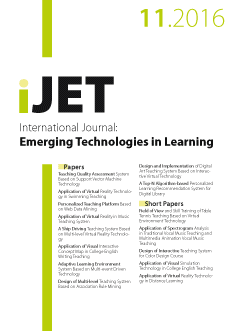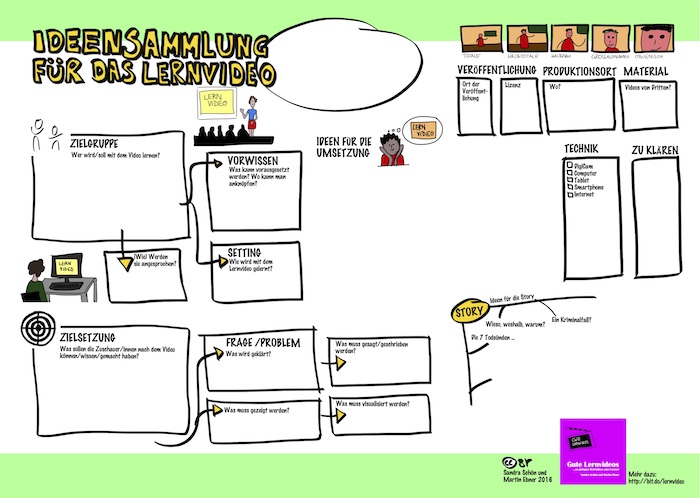Our publication on „Maker-MOOC – How to Foster STEM Education with an Open Online Course on Creative Digital Development and Construction with Children“ at this year ICL conference in publication got published.
Abstract:
The Maker Movement or do-it-yourself culture is a concept uses novel, mostly via digital applications and tools to emphasize the learning- through-doing in the social environment. This culture inspires teachers through learning by construction and is seen as an important driver for education. In this chapter, we introduce the Maker Movement and describe how it contributes to the STEM education. The authors recite their experience through the project “Maker Days for Kids” which after that, was served as a fundamental base for a following Massive Open Online Course (MOOC). This online course brought some of the emerging technologies together with an appropriate didactical pro- ject about “Making activities for classrooms” to the public. It can be concluded that the MOOC assists in fostering the STEM education by rapidly transferring knowledge to the involved teachers.
[Draft version @ ResearchGate]
Reference: Ebner, M., Schön, S., Khalil, M. (2016) Maker-MOOC – How to Foster STEM Education with an Open Online Course on Creative Digital Development and Construction with Children. Conference Proceeding 19th International Conference on Interactive Collaborative Learning (ICL2016), Belfast, pp. 1233-1244


